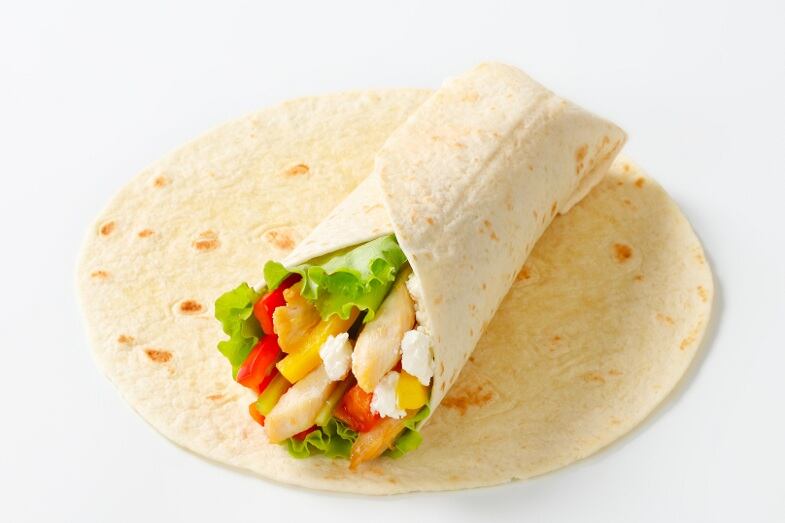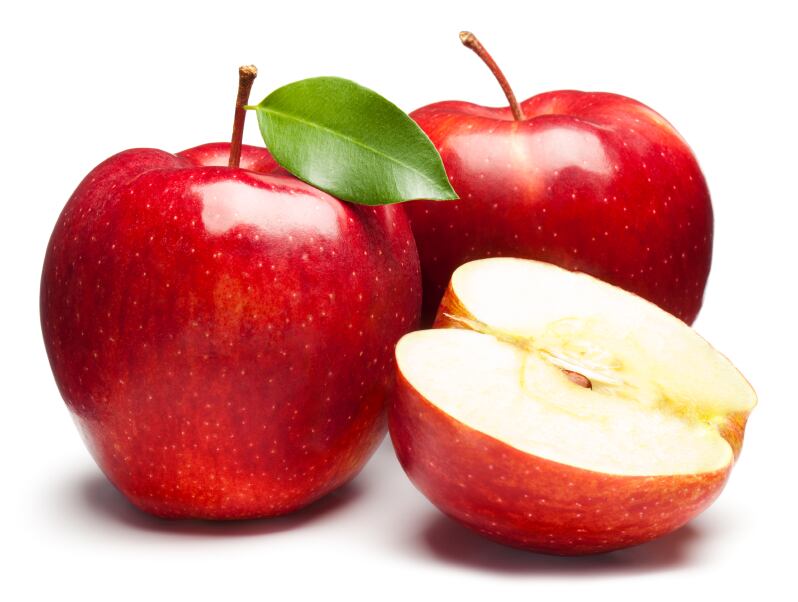The global market for natural flavors was estimated to be worth about $3.5 billion in 2011, and is predicted to hit a whopping $5 billion by 2017, according to a recent report from MarketsandMarkets. While Europe was identified as the leading market, the demand for natural flavors in the US is expected to rise.
“Consumer research always yields a positive response about consumer preference for natural flavors,” said Eric Spenske, Marketing Director, Beverages for Givaudan. “Their behaviors when making purchases don't always reflect that however.”
“Certainly the trade-offs of cost and taste are key considerations in consumer purchase behavior as artificial flavors can often offer more attractive pricing as well as potentially more flavor impact.”
While demand in general is growing, there is still a split between product categories, said Deborah Kennison, VP of Applied Flavor Science and Technology, Symrise. “Natural flavors for confections and gum is not even top of mind at this point.
“In healthy foods such as natural beverages, foods with children as target groups and meals, natural can be a strong influencer for purchase in these categories.”
Guy Hartman, Director Creative & Applications North America for International Flavors & Fragrances, Inc. (IFF), concurred that natural flavors are in demand in many food applications, with the exception of confections and gum.
"The market is progressing towards sophisticated products and natural flavors," he said. "As countries develop and incomes rise, consumers’ demand for natural flavors increases."
Region differences
Not only is it category specific, regional factors are also influencing demand, said Markus Beba, VP sales & marketing at Natural Taste Consulting (NTC).

“We don`t know if ‘natural’ is really demanded by the consumers (and I doubt that Joe six pack knows the difference), but through the media as well as through the marketing machinery of big FMCG's, natural is positioned as more healthy and perceived as more positive/upper market,” he said.
“That said, look at the recent change in the European flavor legislation that separates simply between natural flavor and flavor. The words of artificial or NI are gone. However, most food manufacturers require natural flavors these days.”
Martino Brambilla, owner and founder of Embassy Flavors, a custom bakery mix manufacturer and flavor house in Canada, concurs on the demand. He said that, years ago, natural flavors made up 10% of the company’s sales, whereas today they represent 50% of sales.
The cost issue
Cost continues to be an issue for natural flavors. IFF's Hartman told us that the price difference remains significant, "at about 10 times higher for a natural flavor, either because of raw material cost or the difficulty in extracting nature. However, the cost of naturals is coming down because of biotech innovations."
NTC’s Beba added that "natural raw materials have just a tiny amount of the key actives you are looking for. Hence, to get this small amount out of the natural, is still a costly exercise.
“The only exception is citrus, where the main raw material e.g. citric, lemon oils are a by-products of the juice industry and therefore cheap.”
Narrowing the gap
Beba said that raw material availability and sustainability will be the two challenges ahead for natural flavors, and NTC doesn’t see that that gap closing soon (or ever). “That's why we a NTC work on subjects like garlic & onion powder replacers (from alternative & sustainable cheap plants) which are falling under the natural flavor legislation,” he said.
Symrise’s Deborah Kennison concurred that the gap is closing in some categories. “Dairy flavors are the fastest category to narrow this gap, followed by citrus and some fruit flavors due to the impact of biotech methodology which produces higher chemical yields and greater supply chain efficiencies,” she said.
For Kennison and Symrise, the leading natural flavors include citrus, fruit, vegetables, vanilla, and meat, while IFF's Hartman adds chocolate, onion, and garlic to the list.
“Flavors that are generally recognized as occurring in nature tend to be the most highly demanded natural flavors,” said Scott Harris, Marketing Director, Sweet Goods & Dairy for Givaudan.
“Fanciful flavors are not as expected to be natural (Boston cream pie) however where applicable we are seeing this evolve, for example blue raspberry evolving to blueberry-raspberry and being more recognizable including color adaptations,” he added.
This year’s trends
Looking ahead, Symrise’s Kennison said that combinations of savory and sweet continue to grow and botanical and fruit influenced blends are this year's trends.

“You are also seeing cross category application, such as bacon whiskey and bacon ice cream as well as ham and caramel truffles. Culinary inspiration still continues to drive flavor trends in all categories,” she said.
“The growing influence of Hispanic and Indoasian consumers has had a large influence on main stream flavors. Bold flavors are also a good trend which supports the industry in higher usage of flavors in several categories.”
Mark Rainey, marketing director of savory at Givaudan explained that, over the past several years, the market has been focused on productivity improvements which have often come at the expense of sacrificing flavor and taste.
“Now, the tide is turning, and we are seeing tremendous demand for flavor and taste solutions that can naturally help food manufacturers and marketers improve the flavor and taste of their products without sacrificing margins,” he said.
“This market shift partially explains the success of our TasteTrek Japan-inspired Natural Umami Enhancers. This range of hard working flavor solutions from Givaudan, helps product developers naturally lift the positive flavor and taste attributes of their formulations while reducing reliance on typically less effective commodities and traditional approaches like MSG and I+G that may be less attractive to some consumers on finished package ingredient statements.”
Rainey added that the company is seeing significant demand for replicating typical savory foods in the snacks arena.
Givaudan’s Spenske added that, in the beverage arena, natural flavor trends emerging these days are around variety and provenance.

“It's not enough to have a Red or Green Apple, now you have to call out the variety of Apple, such as Honey Crisp, Fuji or Golden Delicious,” he noted. “There is also a trend toward understanding the source region of the product, so to continue with the theme, consumers may wish to have a Washington Apple.”
NTC’s Beba added that the demand for natural flavors is normally higher for products which are positioned towards "health" such as dairy, sports drinks, nutritional bars or targeting e.g. kids, mum's, woman, and so on.
The stability issue
One challenge for natural flavors that is often cited is the stability issue, and Embassy’s Brambilla said, in his opinion, this is the biggest challenge because “you may be exposing these flavors to extremes – for ice cream you’re freezing, for bakery, you bake, then freeze, then thaw.”
However, IFF's Hartman said that consistency is highly dependent on the flavor type, but for the most part it is comparable with non-natural flavors. "Some natural flavors can be unstable, so we provide delivery systems that help preserve and express flavors through processing and storage to the point of consumption."
Also, the industry has made large strides in developing new natural chemistry, and the variations in stability are not as great as they once were, said Symrise’s Kennison.
“Twenty years ago, natural fruit flavors were very reliant on distillates, essences and juices and essential oils as building blocks,” she said. “Today, we have many compounds, like ionones, damascenone and aldehydes that have the same sensory and stability quality their synthetic counterparts.
Lori Bratton, Director Savory Flavor Creation, Application and Culinary at Givaudan said that, in most cases, natural flavors can be stabilized microbially with available natural diluents or by processing whether heating, salting, or manipulating pH.
“Stability of an all-natural processed food product is a different challenge given restrictions against use of common preservatives. Oxidative stability can be greatly enhanced by utilizing high quality packaging.
“There are also a growing number of new natural antioxidants available to help with stability which offer little or no flavor contribution. Finally, assigning proper shelf life and storage conditions is also key to having a consumer pleasing natural processed food item,” said Bratton.
